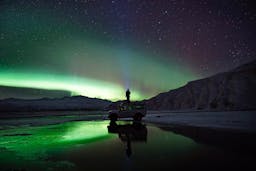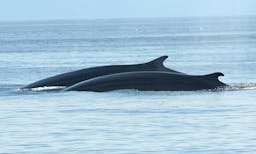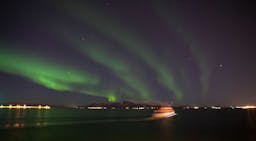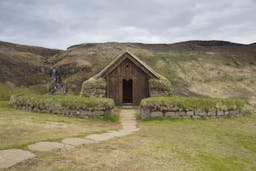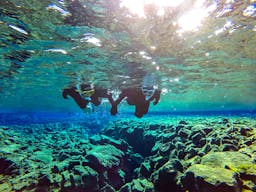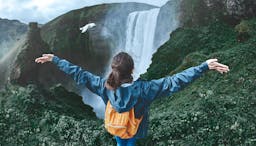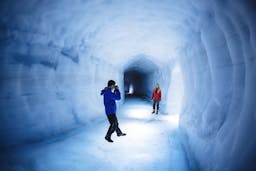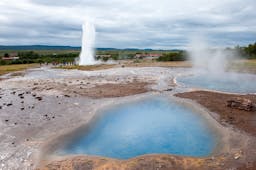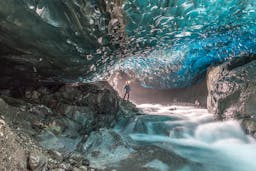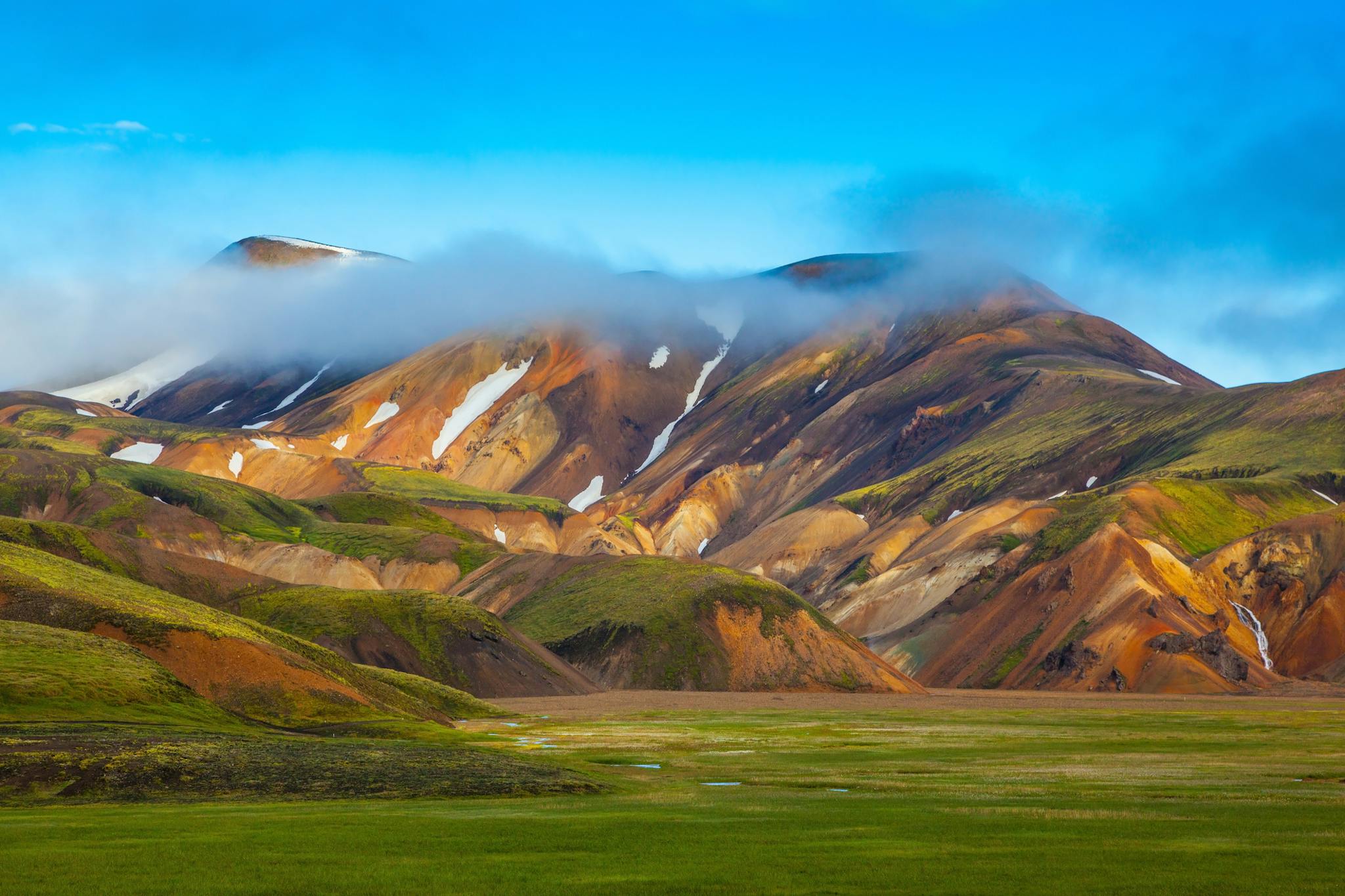
The Top 5 Places to Visit in the Icelandic Highlands
It was a hard task selecting only five places in the Highlands of Iceland to feature in this article. I have to point out that there are numerous other destinations in the Highlands well worth checking out, but here are five of my favourites!
The Central Highlands of Iceland is the largest and remotest region in Iceland. It is also one of the largest uninhabited areas in Europe.
The Central Highlands do not attract as many foreign visitors as other regions of Iceland. The reasons for this unpopularity are very understandable: the roads in the Highlands are often closed and too rough for small cars, the weather up there can be quite fierce and there aren’t many options for food/accommodation.
The region has plenty to offer, despite its harsh nature. There’s a great number of stunning waterfalls, glaciers, volcanoes, geothermal areas, canyons and mountains in the Highlands of Iceland; and various options for outdoor activities such as hiking, mountain biking or horseback riding.
It might be difficult to decide where to go in the Highlands, since the whole area is enormous. You might want to avoid large stretches that offer nothing but vastness and instead opt for destinations known for hiking options or beautiful attractions. Here’s my selection of the most noteworthy places in the Central Highlands of Iceland.
1. Thorsmork
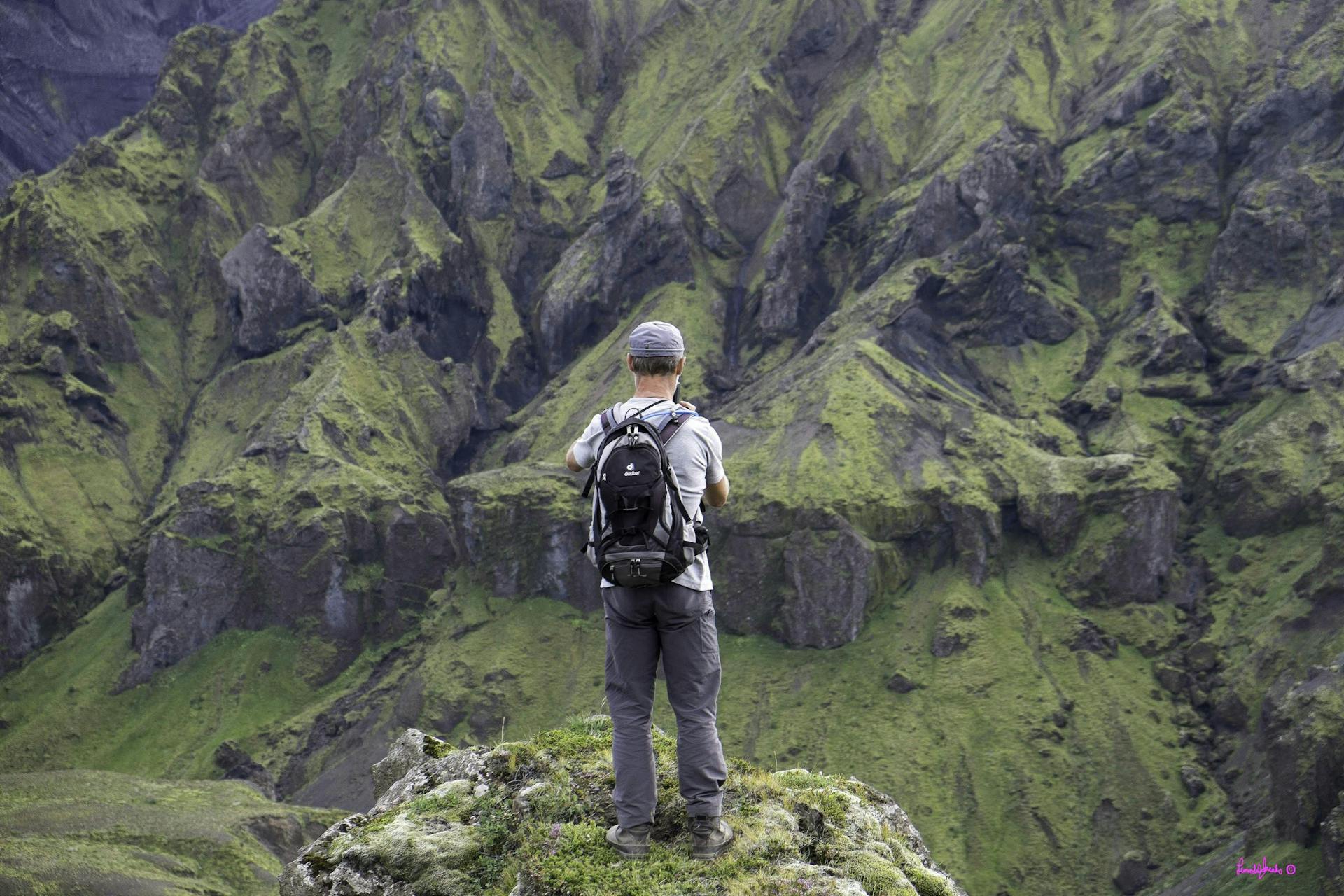
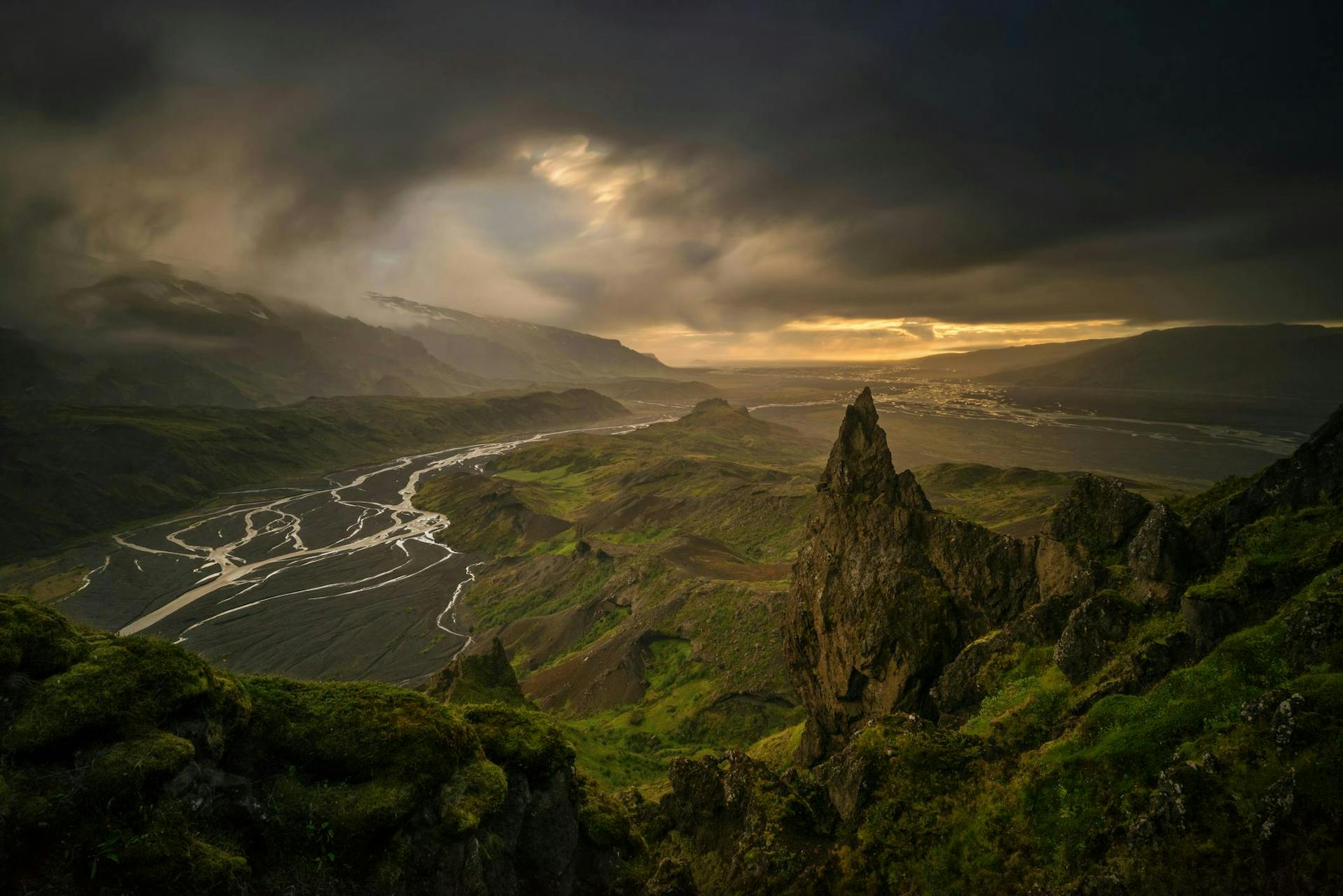
Thorsmork is a mountain ridge, located in south Iceland. The name literally translates to “Thor’s Woods”, referring to the Norse god Thor. The Thorsmork area is an extremely beautiful destination combining characteristics of the Icelandic Highlands, black sands and lush woodlands.
Thorsmork has attracted Icelandic families for years and I bet that many Icelanders have sweet childhood memories of camping with their families in the area.
Thorsmork is also a paradise for hikers. There are countless trails in the area, including the world famous Laugarvegur Highland Trek . It’s also the finishing point (or the starting point if you walk from north to south) of the Fimmvörðuháls Trek. If you are interested in hiking Fimmvörðuháls Trek as a one-day trek, here's a helpful article .
Accommodation: There is a nice campsite in Thorsmork but there are other alternatives for accommodation too: The Volcano Huts for example. Staying in Thorsmork for a few days is heavenly for hikers and nature lovers – it's the ideal place to visit during the short Icelandic summer.
Activities and tours in the area: Þórsmörk Super Jeep Day Tour , Þórsmörk Volcano Day Hike, Þórsmörk, a Hiking Paradise
Interesting attractions in the area: Laugavegur Highland Trek , Fimmvörðuháls
How to get there: Thorsmork is not accessible for small/mid-sized cars since you have to cross several rivers on the way. If you are renting a car, let the staff know that you will be driving to Thorsmork and they'll find you a suitable jeep. Scheduled bus rides are available during the summertime. You can buy single bus tickets here .
2. Kerlingarfjöll
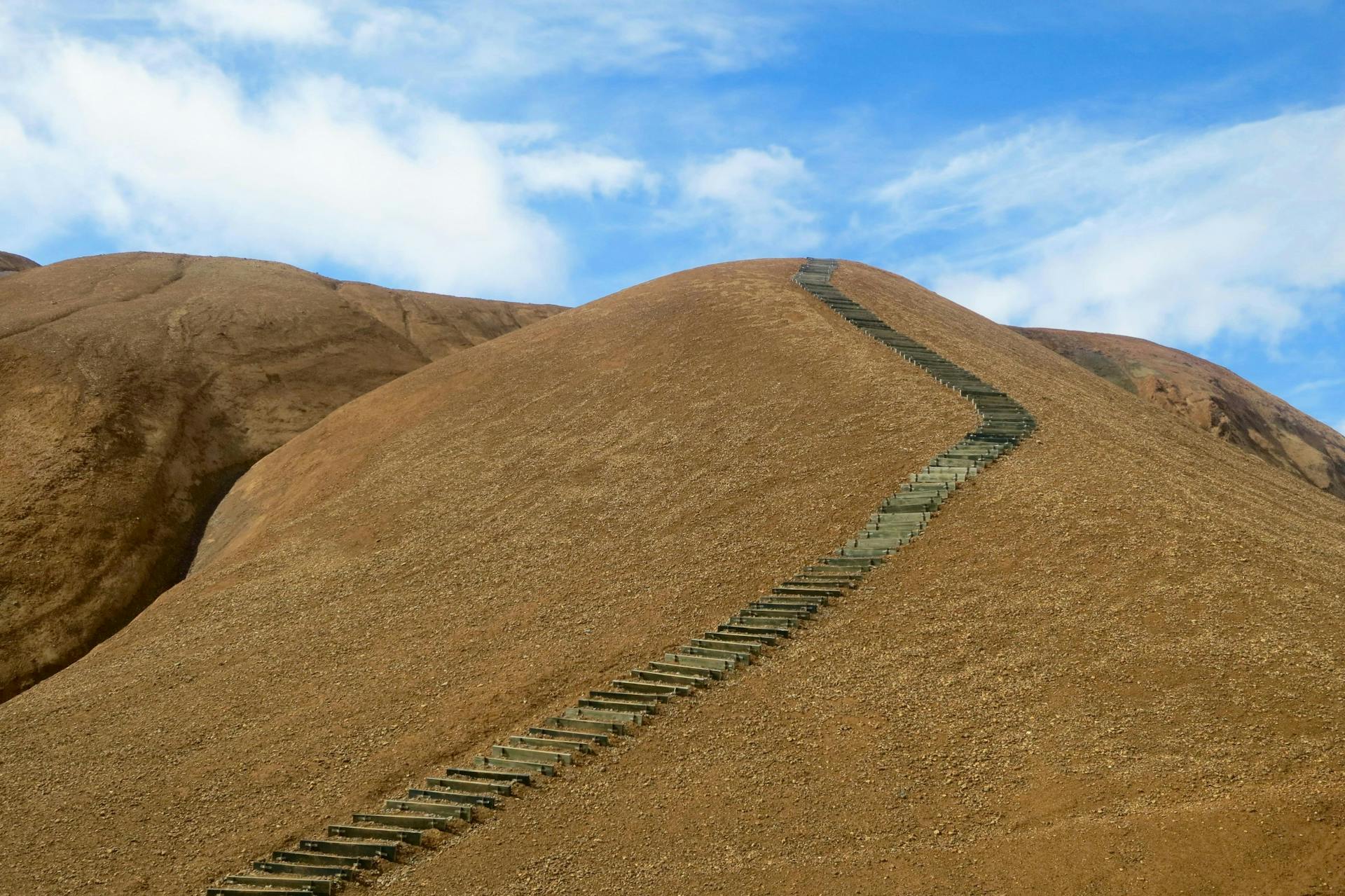
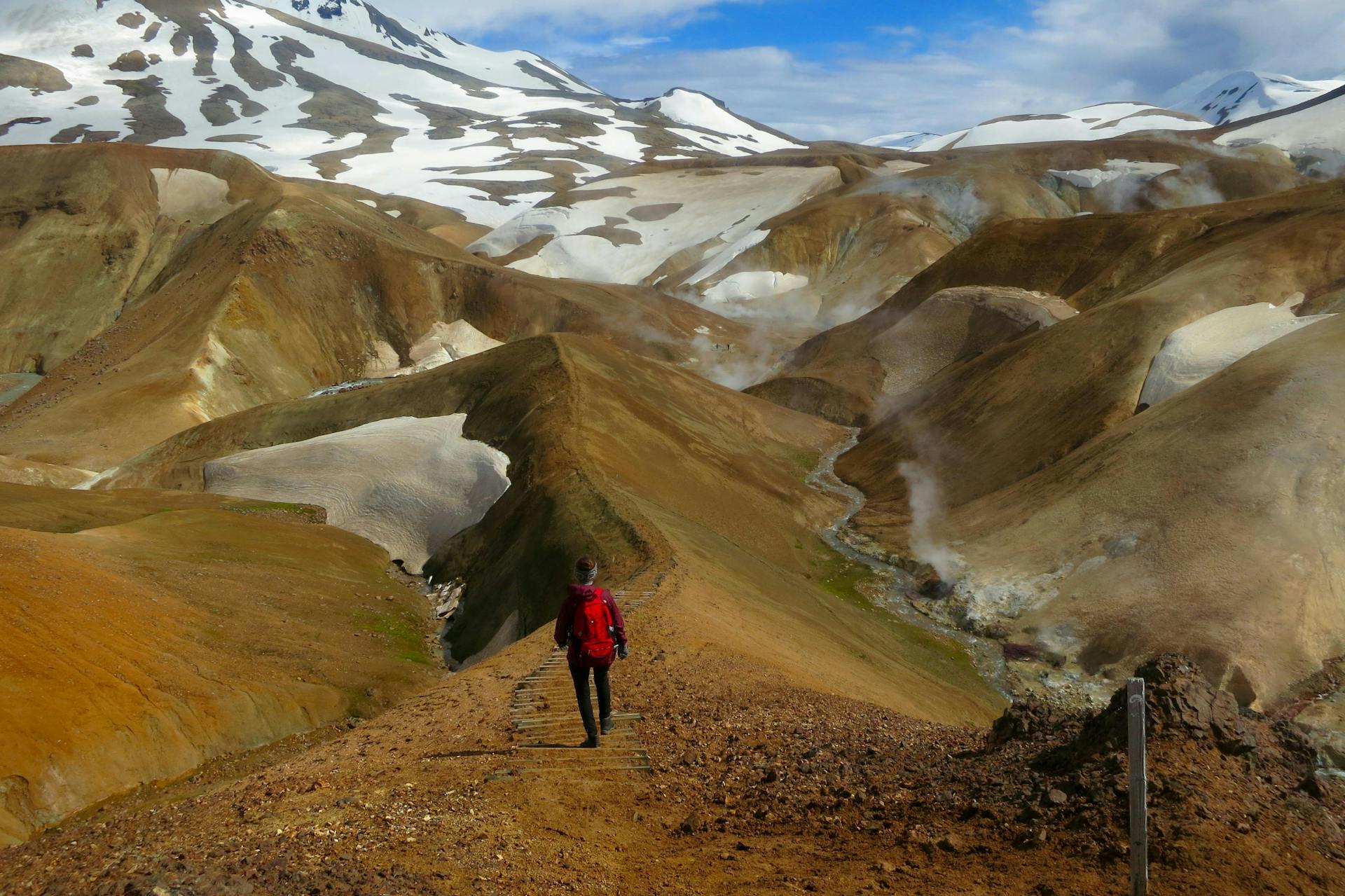
Kerlingarfjöll is a rhyolite caldera complex in the Highlands of Iceland, not far from the Kjölur Highland Route. Since it’s a geologic hotspot, the area is surrounded by active volcanoes and natural geothermal pools.
Besides the geothermal activity, Kerlingarfjöll’s most distinct characteristic is its colorfulness. The reddish surface of Kerlingarfjöll stems from volcanic minerals.
There are numerous hiking trails in the Kerlingarfjöll area, some of them are even marked. The longest one, The Circle Route , is a 47 km (30 miles) long trail that takes you around Kerlingarfjöll. There are huts on the way so you won’t have to camp along the way unless you want to. Other hikes are shorter and doable in just one day.
Kerlingarfjöll used to be a ski resort but the ski lift has been closed down. The facilities still remain and it’s possible to book accommodation there. There’s a restaurant in the area, cooking facilities and a camp site.
Interesting attractions in the area: Hveradalir, Kjölur trail
How to get there: Most roads in the Icelandic highlands are open during the summer. Before you drive there, make sure you check out the conditions first. If you decide to visit Kerlingarfjöll in the wintertime, which is also possible, you will need a snowmobile or a superjeep to get there. If you do not have a rental car, there scheduled bus rides (Reykjavík-Kerlingarfjöll) from the 18th of June until the end of August.
3. Landmannalaugar
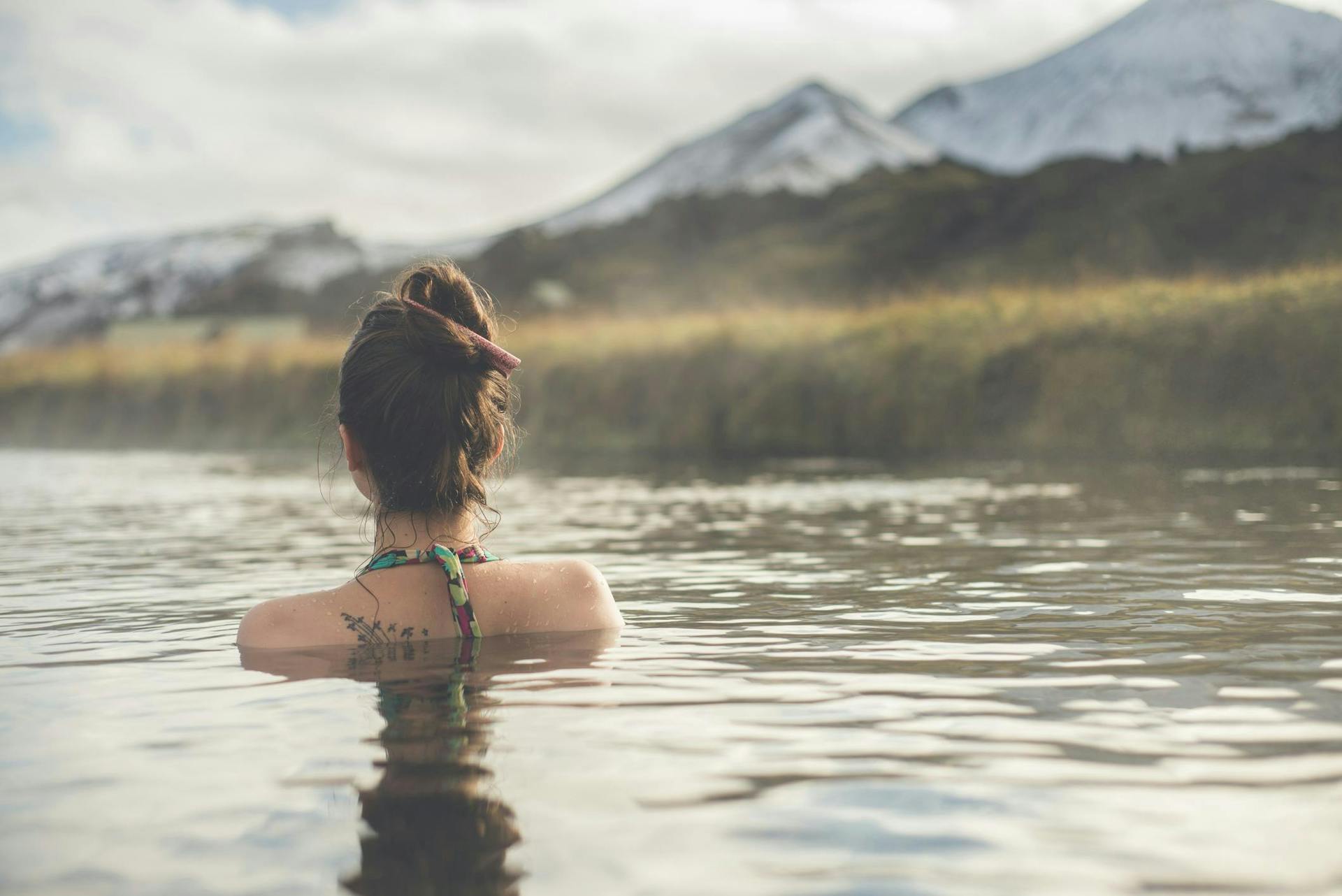
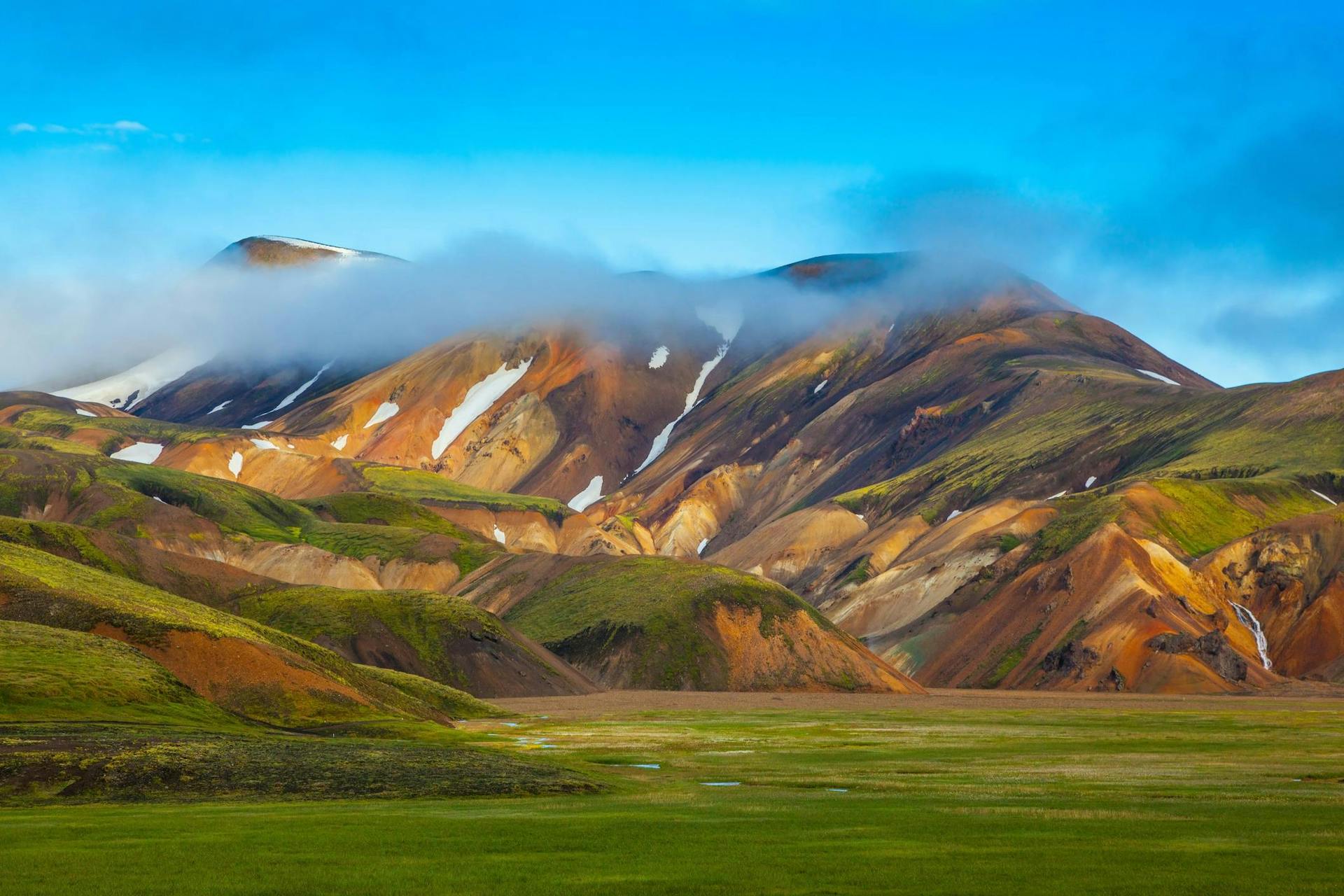
Landmannalaugar , like Kerlingarfjöll, is known for its colourful scenery and geothermal activity.
Landmannalaugar is the starting point for the Laugavegur trek, the most famous multi-day hike in Iceland. Because of that, there might be quite a large number of visitors in the area.
The highlight of Landmannalaugar, apart from the breathtaking scenery, is a huge warm geothermal pool which is perfect for bathing and even swimming. There are no facilities by the pool but most people don’t bother and undress on the deck by the pool. The pool is visited by over 100,000 people each year, according to a book called Thermal Pools in Iceland.
Landmannalaugar is a perfect day tour from Reykjavik for those who want to catch a glimpse of the Central Highlands of Iceland.
Interesting attractions in the area: The Laugavegur Trail, Mt. Hekla
How to get there: It's not recommended to drive to Landmannalaugar in small/mid-size cars. You'll need a proper 4x4 car if you're driving yourself. Bus rides from Reykjavik to Landmannalaugar are available too, you can buy tickets here .
If you prefer going on a day tour from Reykjavik, I recommend the Landmannalaugar Highland Hot Spring Super Jeep Tour.
4. Askja and Víti Craters
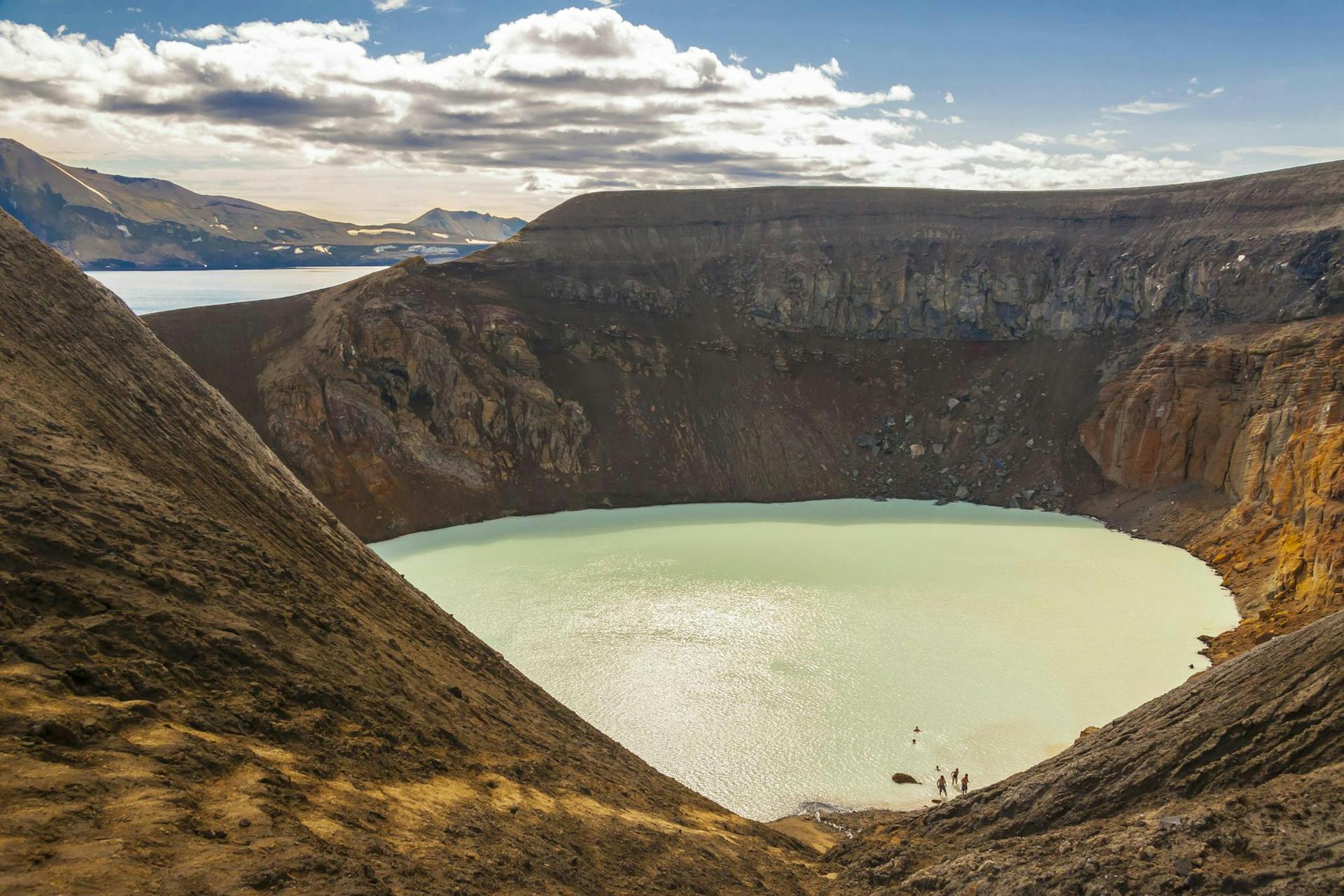
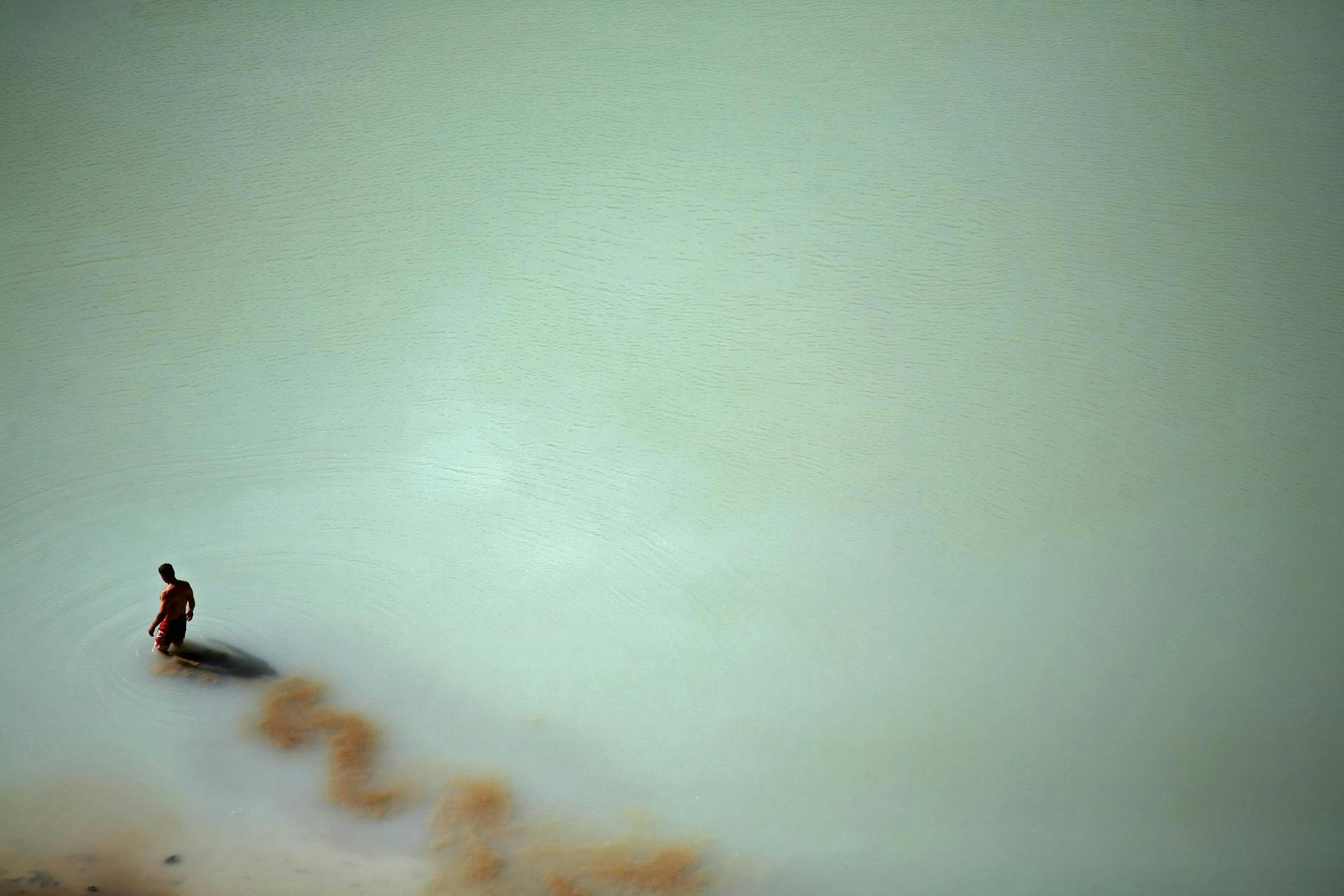
Askja is a series of calderas, remotely situated in the Highland area north of Vatnajökull Glacier. The calderas are a part of a larger volcanic complex called Dyngjufjöll Mountains.
The most notable feature of Askja is the deep blue lake in the middle of the caldera. The lake, called Öskjuvatn, is Iceland’s deepest lake. The Öskjuvatn Lake was formed in Askja’s most recent volcanic eruption in 1875.
One of Askja’s calderas, Víti, is an explosion crater filled with sulphuric geothermal water. Despite being hazardously hot in some places, the Víti pool is popular amongst natural bathing enthusiasts.
Askja, and the surrounding Dyngjufell mountains, is without a doubt one of Iceland’s most awe-inspiring (some might even say “scariest”) places in Iceland.
In the year 1907, two German geologists, disappeared without a trace after having spent some days researching in the area. They were supposedly sailing on the Öskjuvatn Lake when they disappeared, but their bodies were never recovered.
The fiancée of one of the researchers, Ina von Grumbkow, decided to head to Askja to search for her sweetheart, and she wrote the following words in a guest book near the lake:
“Only a few mortal beings are as fortunate, as these two, to dwell in such a magnificent grave as this majestic and bright lake is. Only kings require eternal residence in their grave, where they are laid in earth. Do the kings enjoy greater peace where they dwell in the burial sites at El Escorial or the tombs of the pyramids? Here, genuine peace is omnipresent, in bright summer days and dark winter moments – age after age.”
After her graceful good-bye, von Grumbkow returned back home after an unsuccessful search for the two researchers.
The area is very remote and not very easily accessible. If you have a 4x4 vehicle, it's very interesting to drive around the area. There are also some hiking trails near Askja, for the most adventurous travelers.
Interesting attractions in the area: Kverkfjöll, Ódáðahraun, Lónsöræfi, Holuhraun.
Accommodation: There aren't any mountain huts in the area. You'll have to camp.
How to get there: The area is not accessible for small/mid-size cars. There are unfortunately no scheduled bus transfers to the area but you can check out day tours here .
5. Thjorsardalur Valley
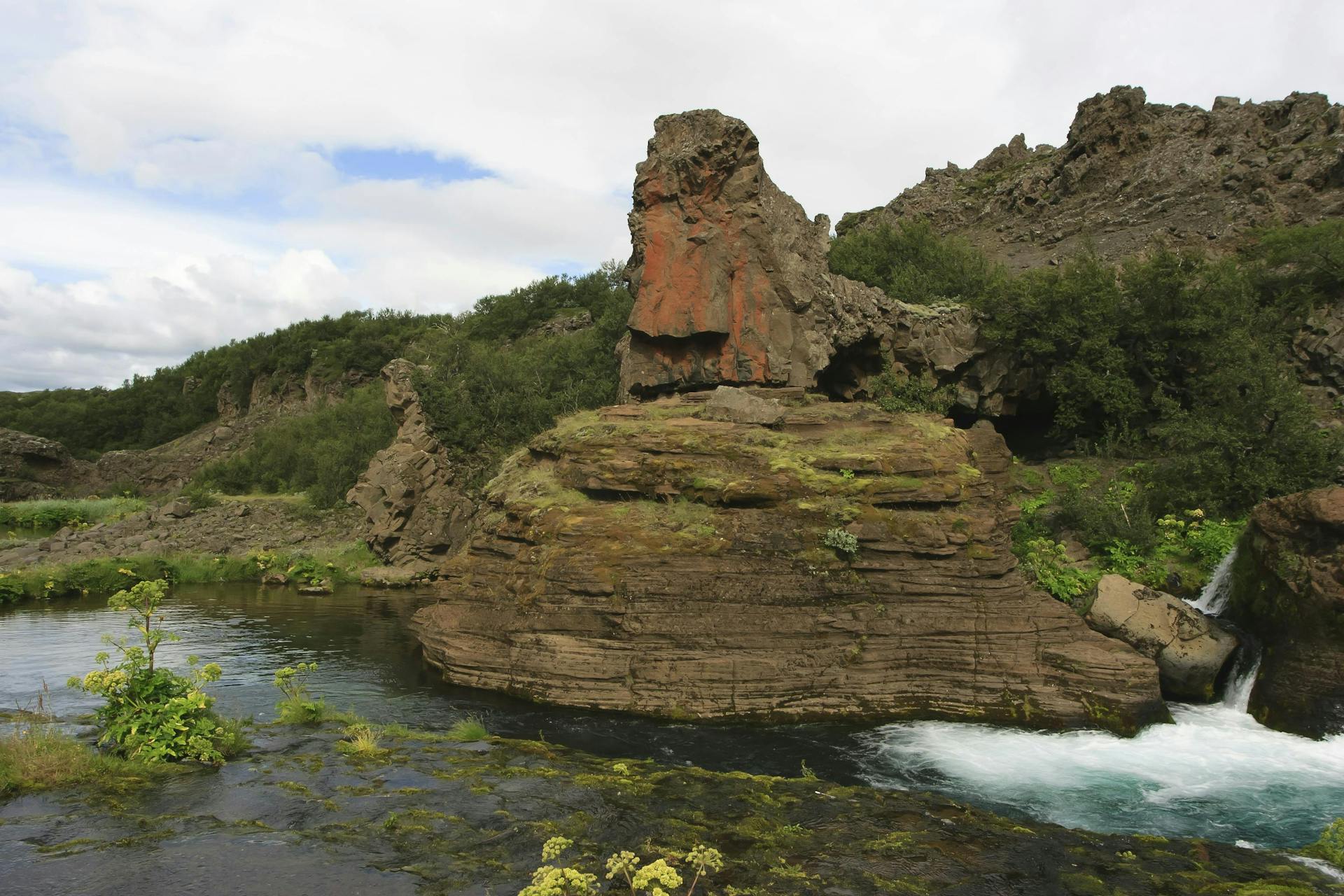
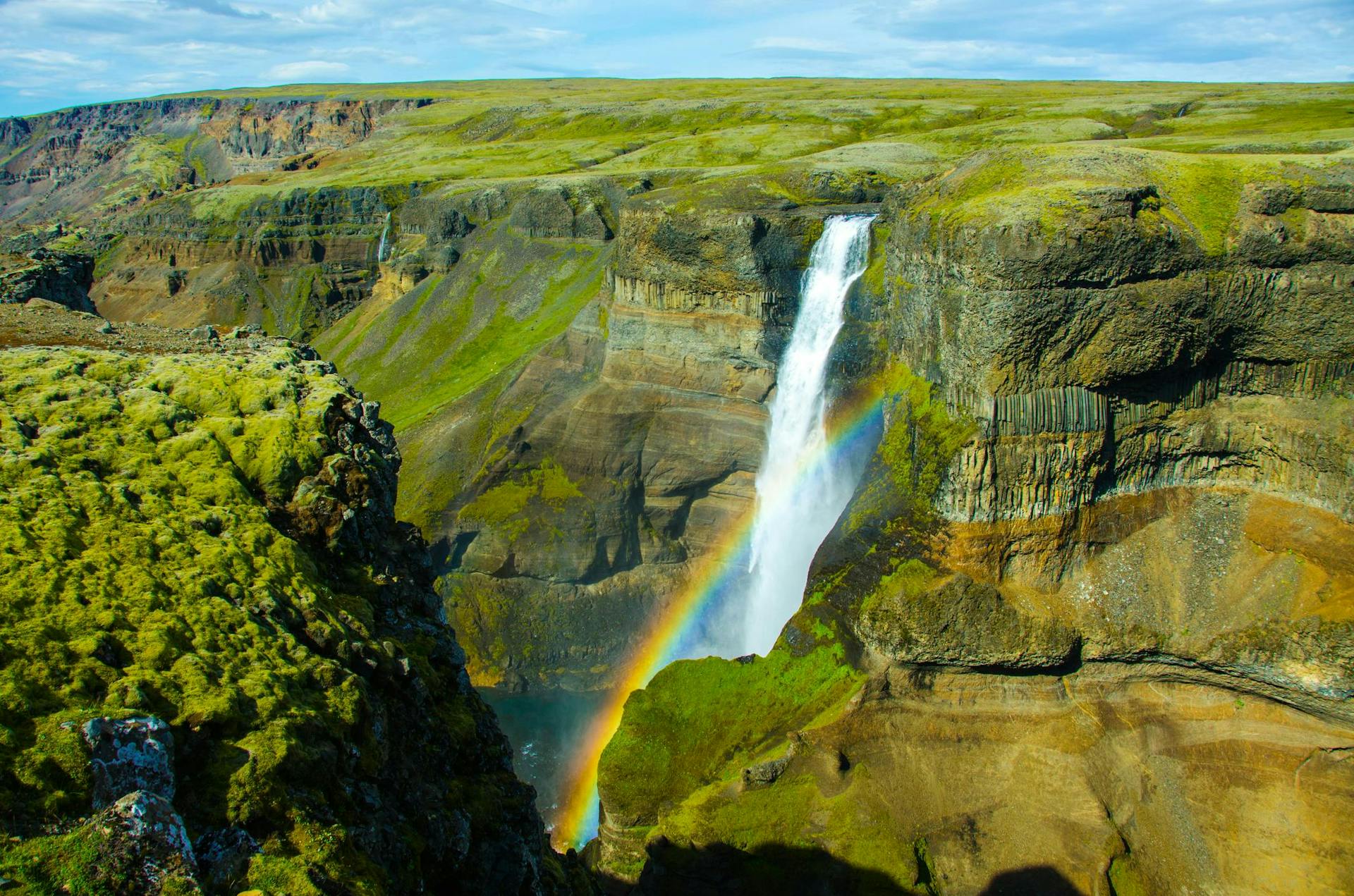
I decided to feature Thjorsardalur Valley on my list although most people wouldn’t consider it a part of the Highlands. Thjorsardalur is located on the boundaries of the southwestern part of the Highlands and the rural inlands, but it bears many characteristics unique to the Highlands.
Thjorsardalur Valley is 12 mi. east of the town of Flúðir and the drive from Reykjavik takes around 1 and a half hour.
A large number of ruins from the settlement era have been found in the area but these farms were devastated when Mt. Hekla erupted in 1104.
There are numerous things to do and see in Thjorsardalur. Hjalparfoss waterfall and Haifoss waterfall are both gorgeous, there are good hiking trails in the area and interesting historic sites.
The most noteworthy ruin that has yet been discovered in Thjorsardalur is a large farmstead called Stöng . It has been reconstructed – a visit there is a must for travelers interested in Icelandic viking culture. Gjáin Canyon is also a must visit for nature-lovers.
Hiking trails in the area can be found here .
Interesting attractions nearby: Sólheimar eco-village, Mt. Hekla, Mt. Búrfell, Flúðir.
Accommodation in the area: There are various options for accommodation in the area. Check out booking.com , airbnb.com or bungalo.is .
How to get there: Thjorsardalur is accessible for all cars. It's still important always to check the conditions before hitting the road.
All photos are from iStock except for the ones from Kerlingarfjöll, they are shot by me.
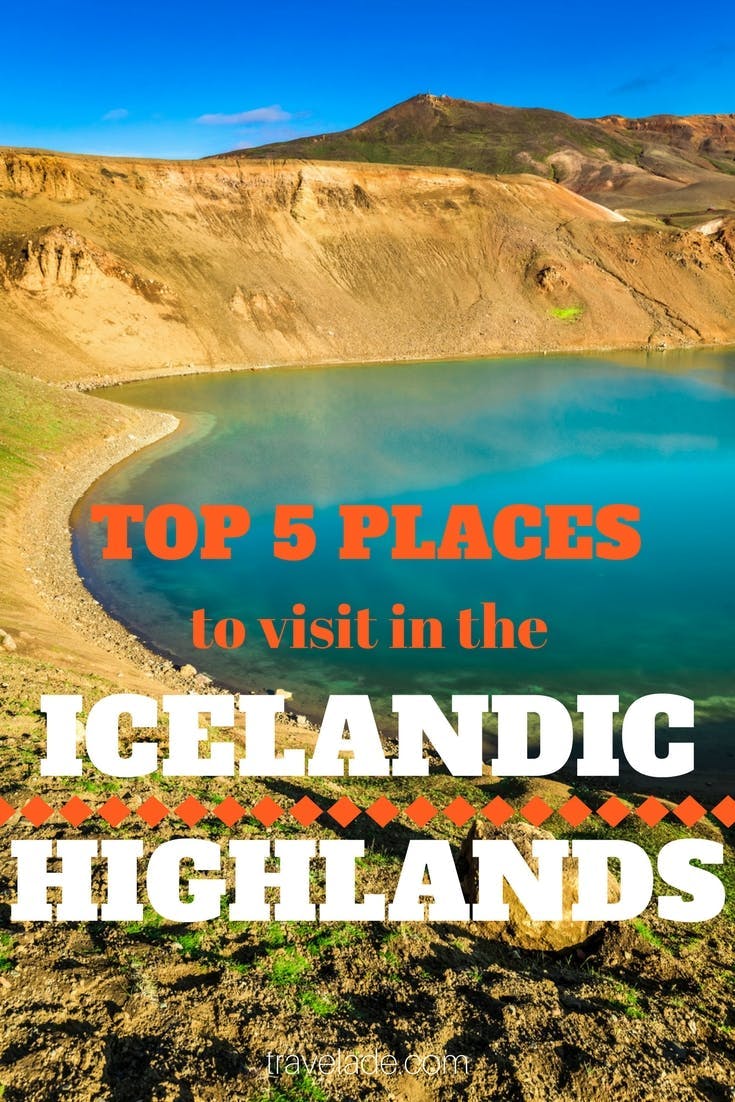
Sharing is caring!
